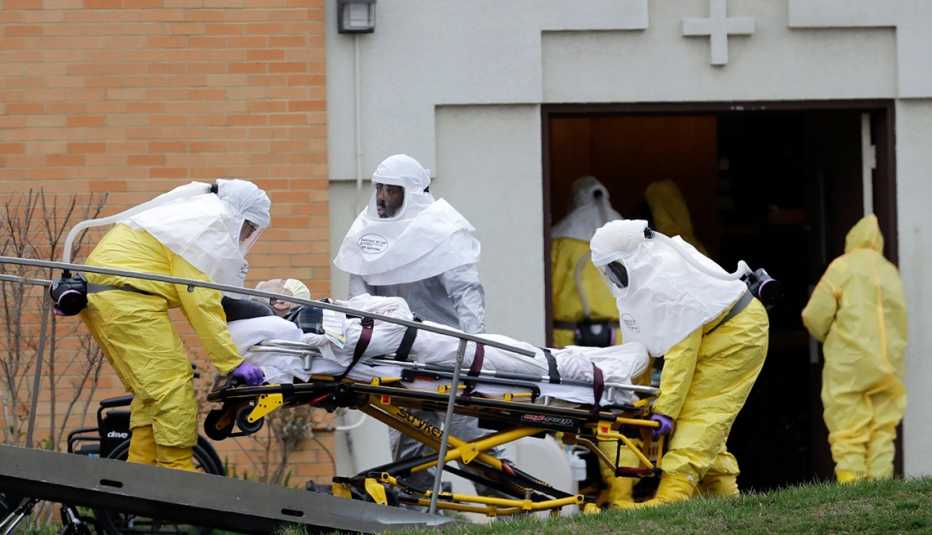Staying Fit
A few states that have announced plans to relax restrictions put in place to slow the spread of the coronavirus are among the 15 states with the largest share of adults at risk for severe illness from a coronavirus infection, according to data compiled by the Kaiser Family Foundation (KFF).
Over 41 percent of adults 18 and older in South Carolina and Tennessee — two states that have started the gradual process of returning to life as it once was — face an increased risk of hospitalization, even death, from COVID-19, the illness caused by the new coronavirus, due to age (65 and older) or an underlying health condition. In Florida, where some beaches have reopened to the public, the share of adults at risk for serious complications is just more than 42 percent. The national average is 37.6 percent.


"It's a major challenge to figure how to ‘reopen’ and when, but the stakes are high, particularly for people at higher risk of severe disease,” explains Robert H. Shmerling, a rheumatologist at Beth Israel Deaconess Medical Center and an associate professor of medicine at Harvard Medical School in Boston. And easing up on stay-at-home orders and physical distancing guidelines too soon in areas with large high-risk populations could lead to an uptick in infection rates among those who are less able to fight off the disease.


AARP Membership— $12 for your first year when you sign up for Automatic Renewal
Get instant access to members-only products and hundreds of discounts, a free second membership, and a subscription to AARP the Magazine.
COVID-19 could be bad news for more than 90 million adults
The majority of people who become sick with COVID-19 experience mild symptoms of fever, cough and shortness of breath, and are able to recover at home. Sometimes, however, these symptoms worsen and can become life-threatening. And public health experts say older adults and people with chronic health conditions are more likely to experience severe symptoms from the illness if infected.
In the U.S., that adds up to 92.6 million people, or more than one-third of the adult population, who are 65 and older or who have a heart disease, diabetes, lung disease, chronic obstructive pulmonary disease (COPD), asthma or obesity.



































































